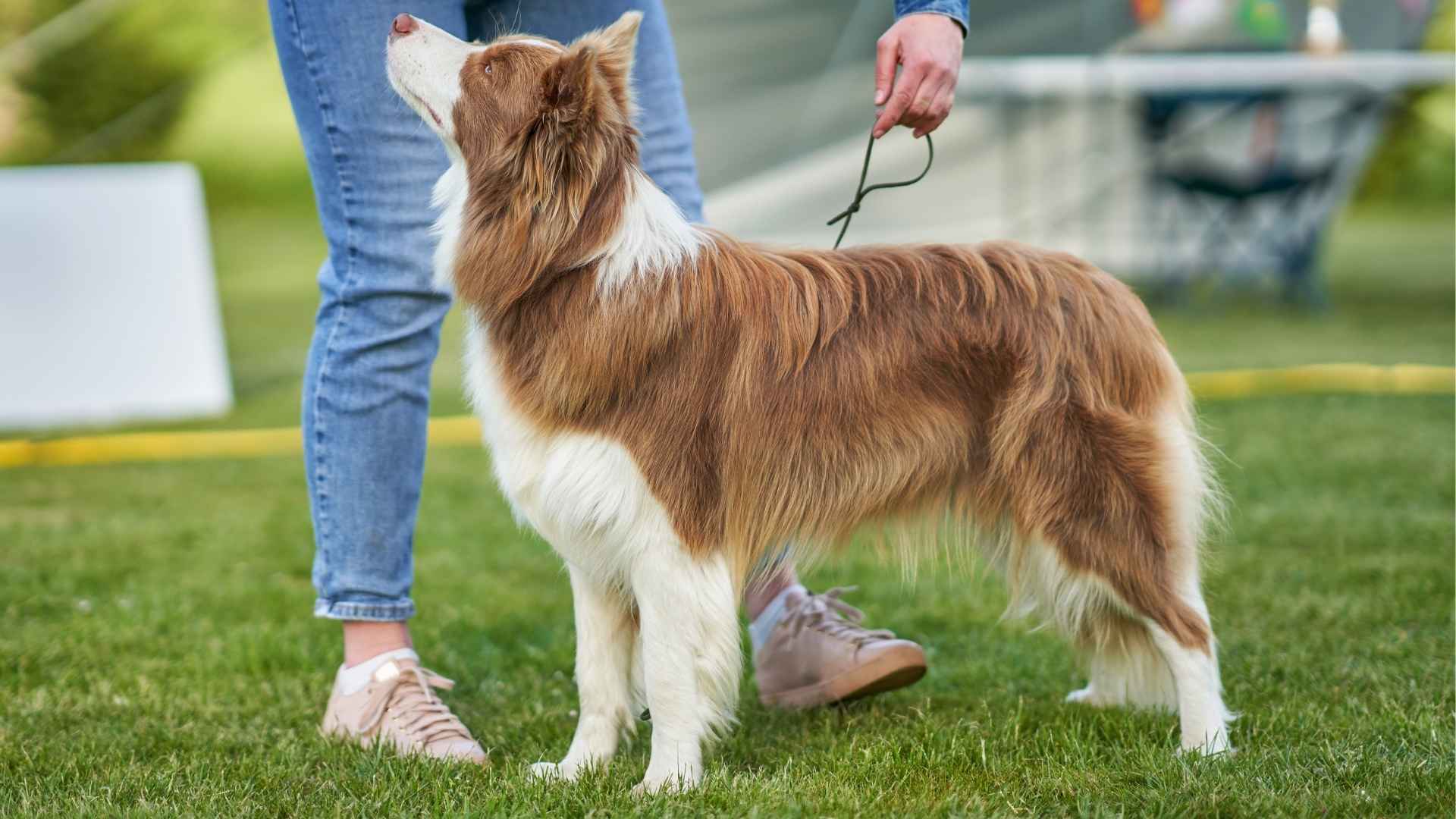Dogs are more than just loyal companions; they’re also remarkably eager learners, especially when you tap into the right instincts. When we talk about a dog being “smart,” we’re usually referring to how easily they pick up on training. But true trainability is about more than intelligence alone. A breed’s personality, work history, and even its genetic heritage all shape how readily it absorbs new commands and behaviors.
Some breeds were specifically developed to work alongside humans, making them especially receptive to cues and eager to engage. Others may be more independent, requiring a different training approach to stay focused. Factors like distractibility and motivation play a huge role—dogs that can tune out their environment and are rewarded with meaningful treats or praise often thrive in training sessions. The key lies in making learning both fun and rewarding for them.
This article explores dog breeds that absolutely love learning new skills. Whether they’re driven by a strong work ethic, a desire to please, or the thrill of a tasty reward, these dogs stand out for their enthusiasm and capability in training.
Dog Breeds That Love Learning New Skills
1. Border Collie
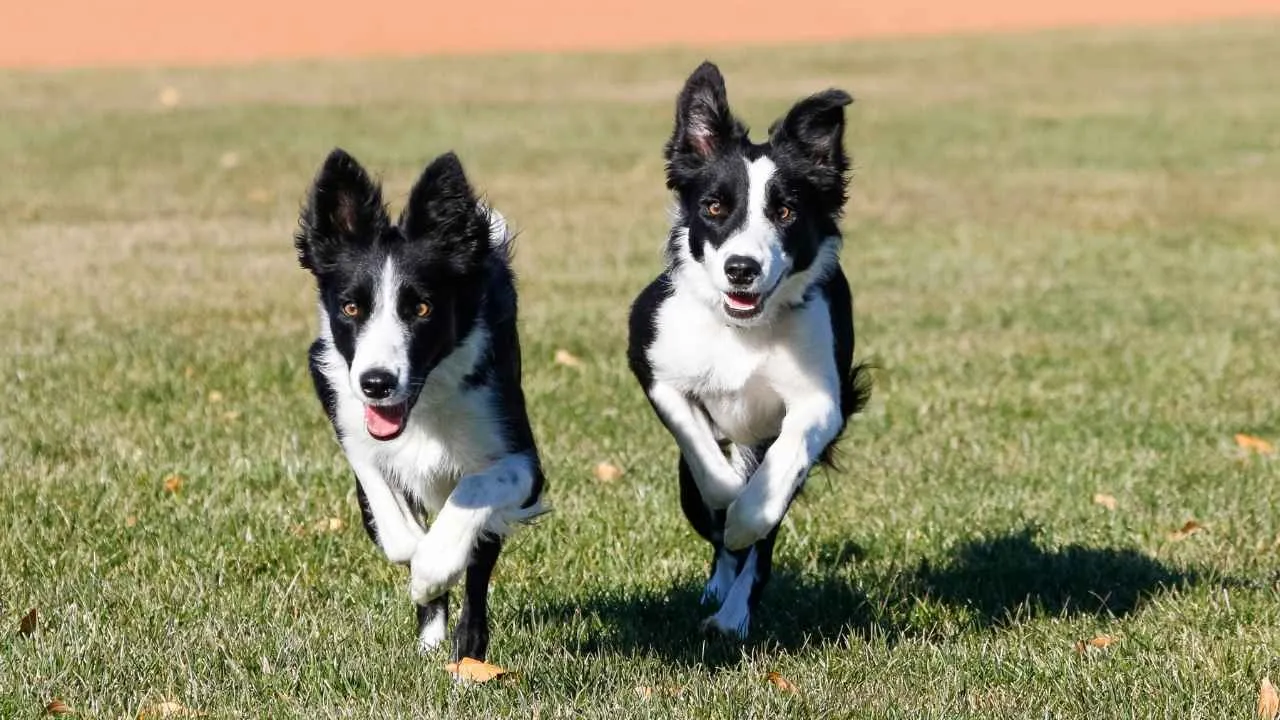
Known for its unmatched trainability and strong desire to work, this breed excels in mastering new commands with lightning speed. Whether it’s advanced agility courses, intricate obedience tasks, or complex tricks, Border Collies respond eagerly and retain what they learn with remarkable consistency.
The AKC states that the breed comes in two coat types: the rough coat, which is medium-length and feathered, and the smooth coat, which is shorter and coarser. Both types have dense, weather-resistant double coats.
Their heritage as herding dogs gives them an innate focus and drive that thrives on mental stimulation, making them the ideal match for owners ready to invest time in creative training activities.
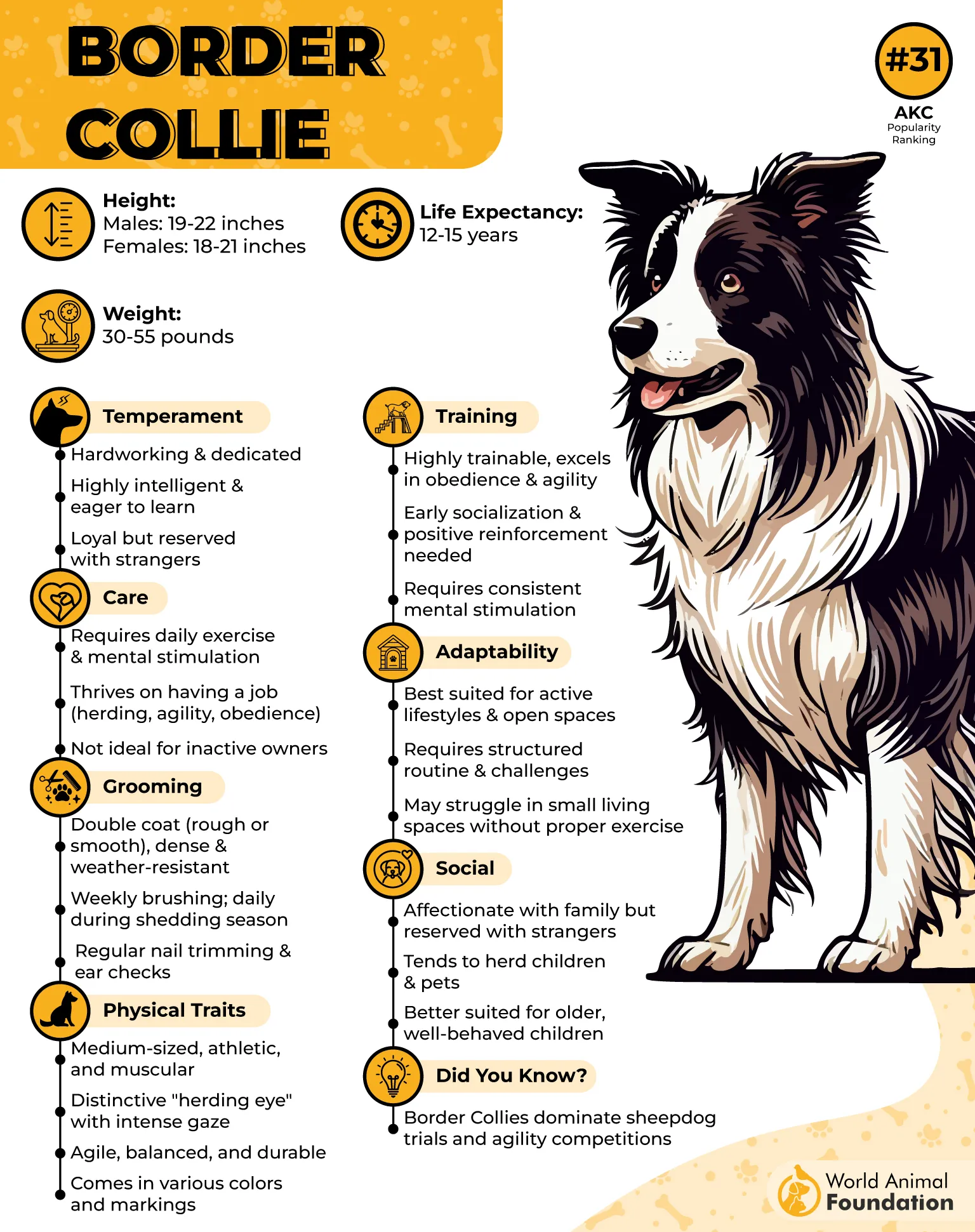
Temperament
Border Collies are naturally alert and energetic, with a social and affectionate nature that suits family life. They form tight bonds with their humans and are often eager to please, yet their herding instinct may emerge as circling or gentle nipping, especially around children or pets.
This behavior stems from their deep-rooted working background and can be managed with proper socialization and direction. These dogs crave purpose and engagement, and when given both, they flourish.
Fun Fact: A Border Collie named Rico reportedly learned over 200 words, highlighting just how brilliant this breed can be.
2. Poodle
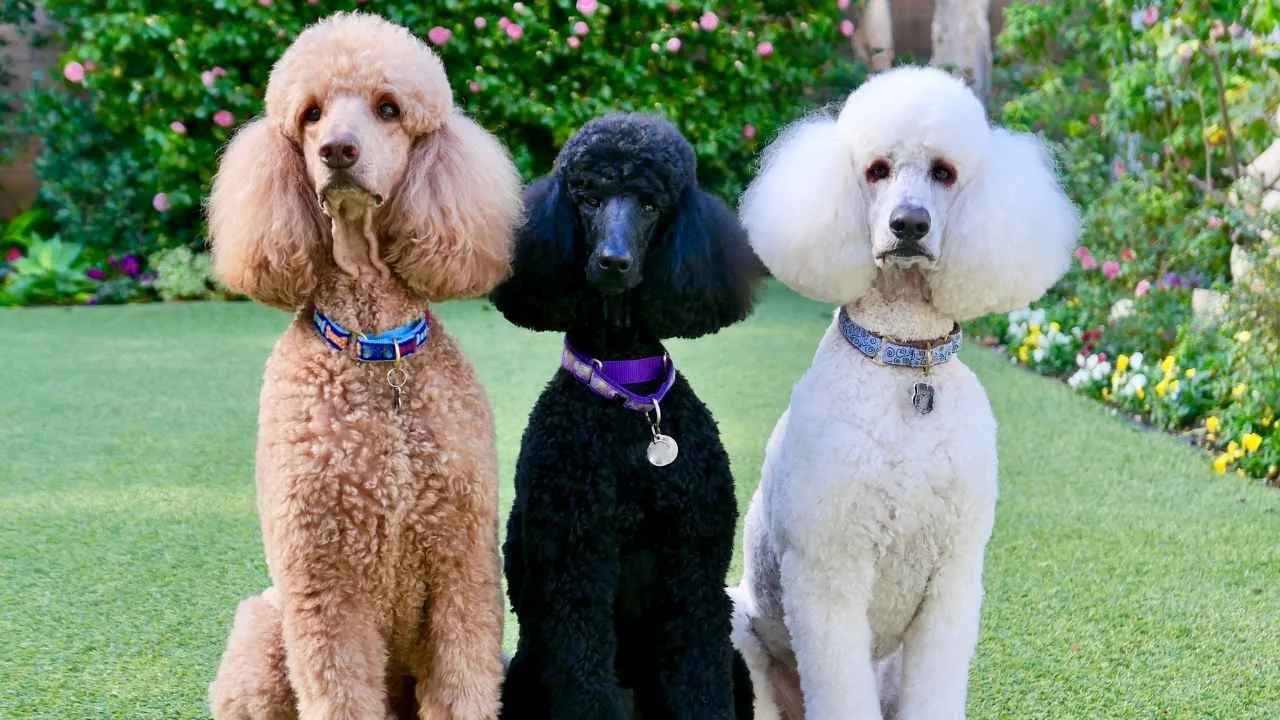
Bred originally for hunting, Poodles bring a sharp mind and a drive to work closely with humans. Hills Pet reports that all Poodles have a square-shaped build, featuring a long, graceful neck and a straight back. Their tails are docked to a moderate length, allowing them to wag cheerfully. Whether you have a standard, miniature, or toy variety, all Poodles shine when challenged with new commands or tricks.
Their quick comprehension and natural elegance make them favorites in agility rings and obedience trials alike. These dogs crave mental stimulation and often surprise their owners with how rapidly they master routines, be it learning a new dance move or navigating an obstacle course.
Temperament
This smart dog breed is known for its clever, confident personality and their innate desire to please. They are sociable animals that bond closely with their families, often excelling in homes where they receive consistent training.
Early socialization helps reduce initial wariness around strangers, and with proper introduction, they generally get along well with children and other pets. Their adaptive and alert nature contributes greatly to their ease of training and responsiveness in various environments.
Fun Fact: Poodles consistently rank among the top performers in obedience competitions and are often spotted on the winner’s podium at dog shows.
3. Golden Retriever

Their quick minds, combined with an enthusiastic attitude and a love of pleasing their people, make them standout students in both basic and advanced training. Britannica states that the Golden Retriever is recognized for its friendly nature and strong desire to please. It’s a highly enthusiastic retriever on both land and in water, and is known for its obedience, often excelling in field competitions.
These dogs thrive in structured activities and easily pick up commands, whether it’s fetching the newspaper or mastering complex agility routines. Praising them during sessions and offering tasty rewards often fuels their motivation, turning each lesson into an opportunity for connection and fun.
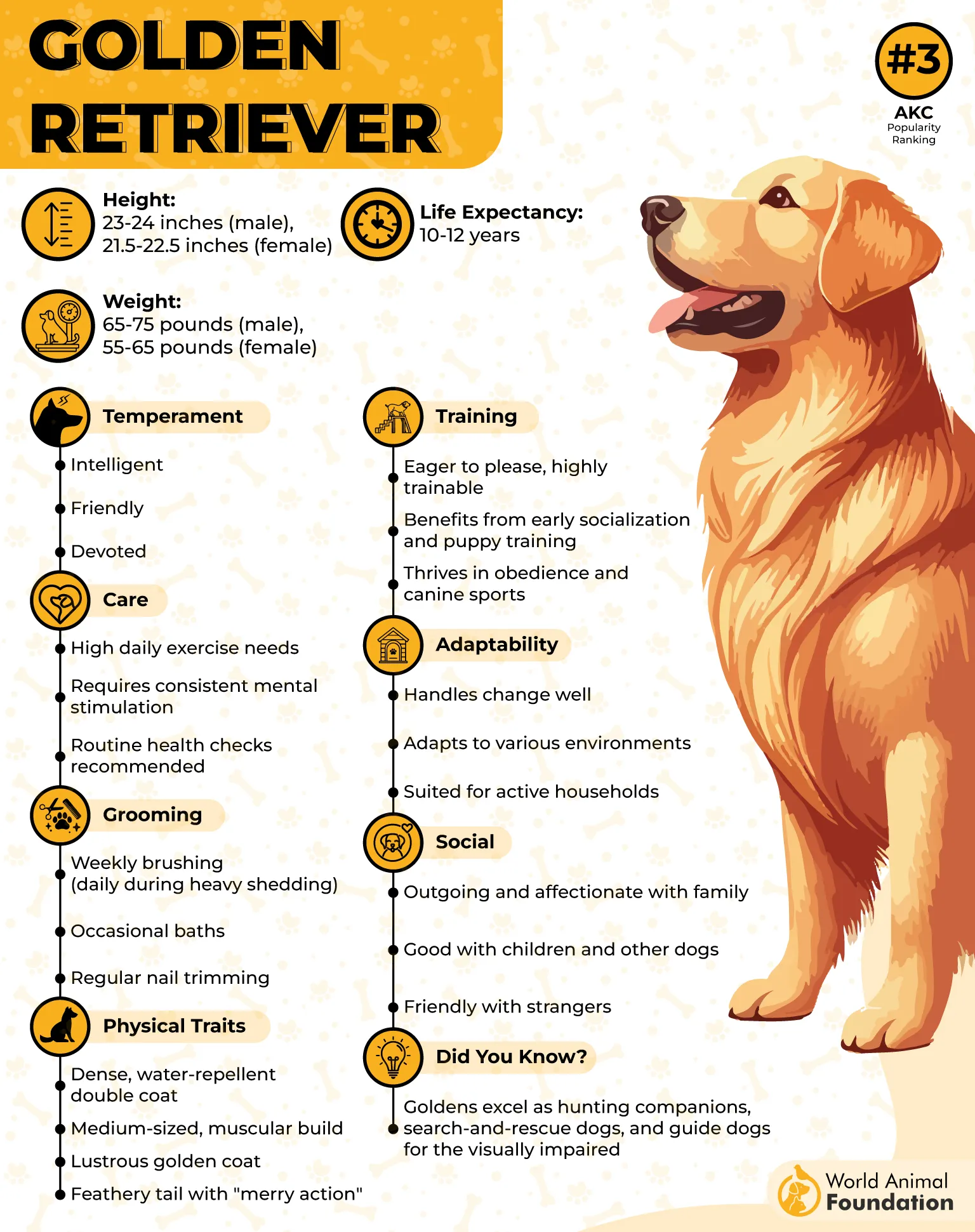
Temperament
These friendly dogs are renowned for their gentle and sociable disposition. They form strong bonds with family members and are generally friendly toward strangers and other pets. This breed rarely displays aggression and approaches the world with a cheerful, tail-wagging demeanor.
Although their exuberance may be a bit much for very small children, their patience and tolerance make them excellent family companions. Their adaptable nature, combined with their intelligence, explains why they frequently excel as therapy dogs and service animals.
Fun Fact: Golden Retrievers aren’t just smart, they’re also food-driven, which makes them exceptionally easy to train using treat-based rewards.
4. Labrador Retriever
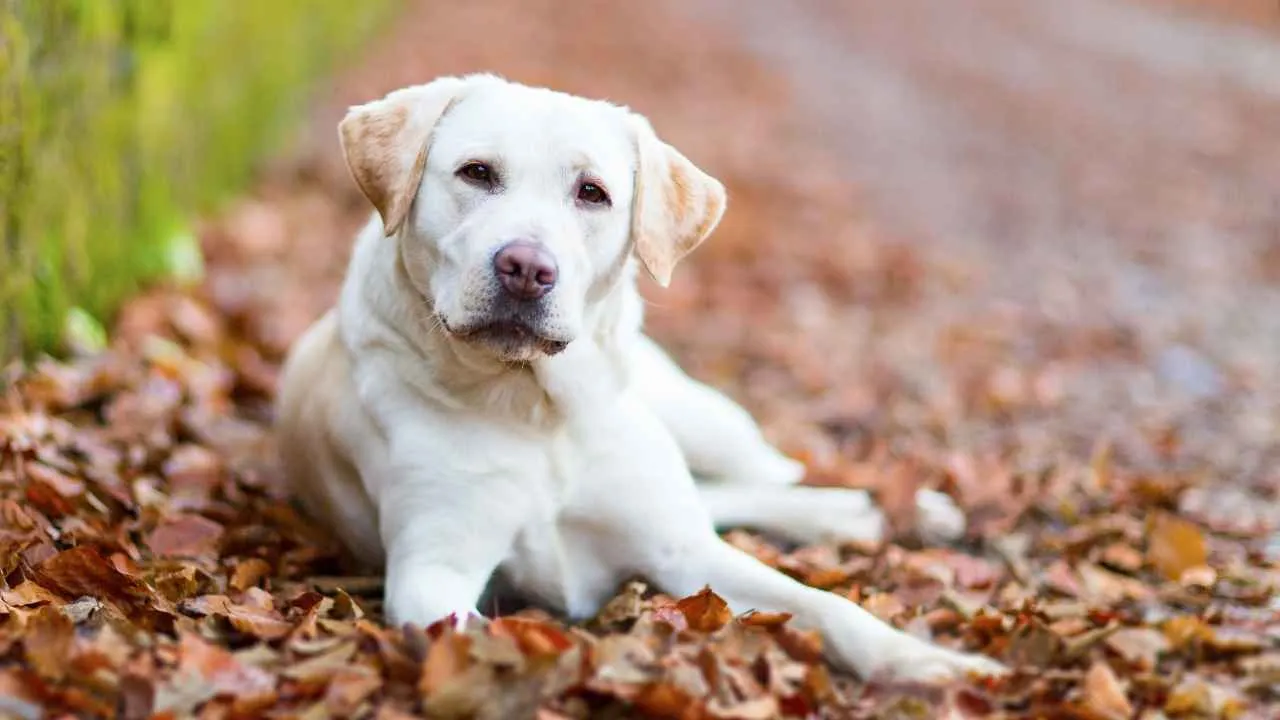
Their heritage as retrieving and hunting companions has gifted them with a sharp mind and a strong desire to work closely with humans. These dogs flourish under positive reinforcement and are especially driven by treats, enthusiastic praise, and interactive play.
Labs thrive on mental stimulation and take genuine delight in mastering new commands, whether it’s fetching specific items or performing service tasks. Their eagerness to learn and show off makes training sessions not just productive, but also highly enjoyable for both dog and owner.
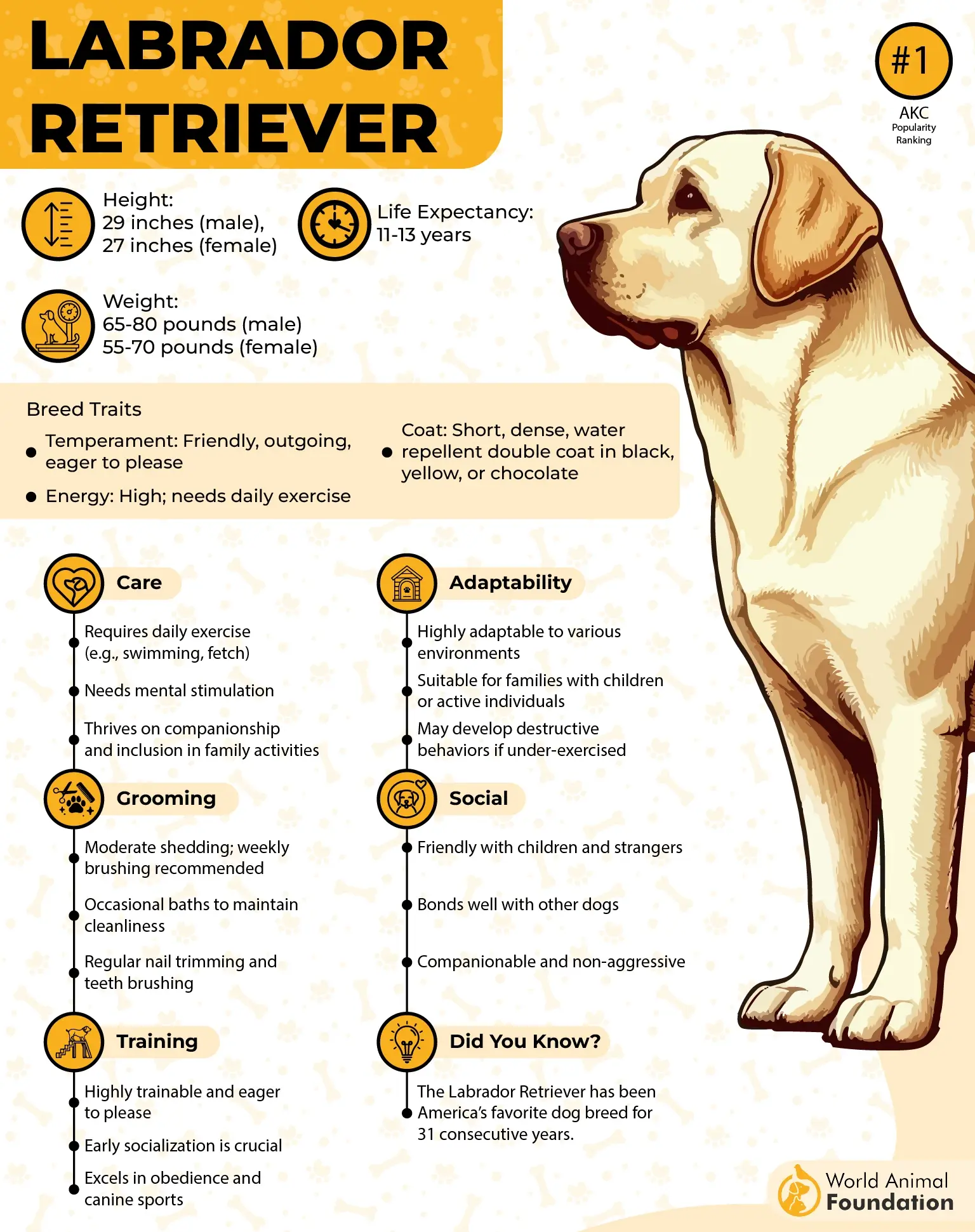
Temperament
These playful dogs are renowned for their warm and gentle personalities. Purina reports that Labrador Retrievers embody the ideal traits of a loyal companion; they are cheerful and sociable, deeply attached to their families, enthusiastic to please, and have a relaxed yet lively temperament.
They exude friendliness and are notably good-natured, making them ideal companions for families and first-time dog owners alike. Their even temper, coupled with high energy levels and sociability, creates a dog that is both affectionate and endlessly curious.
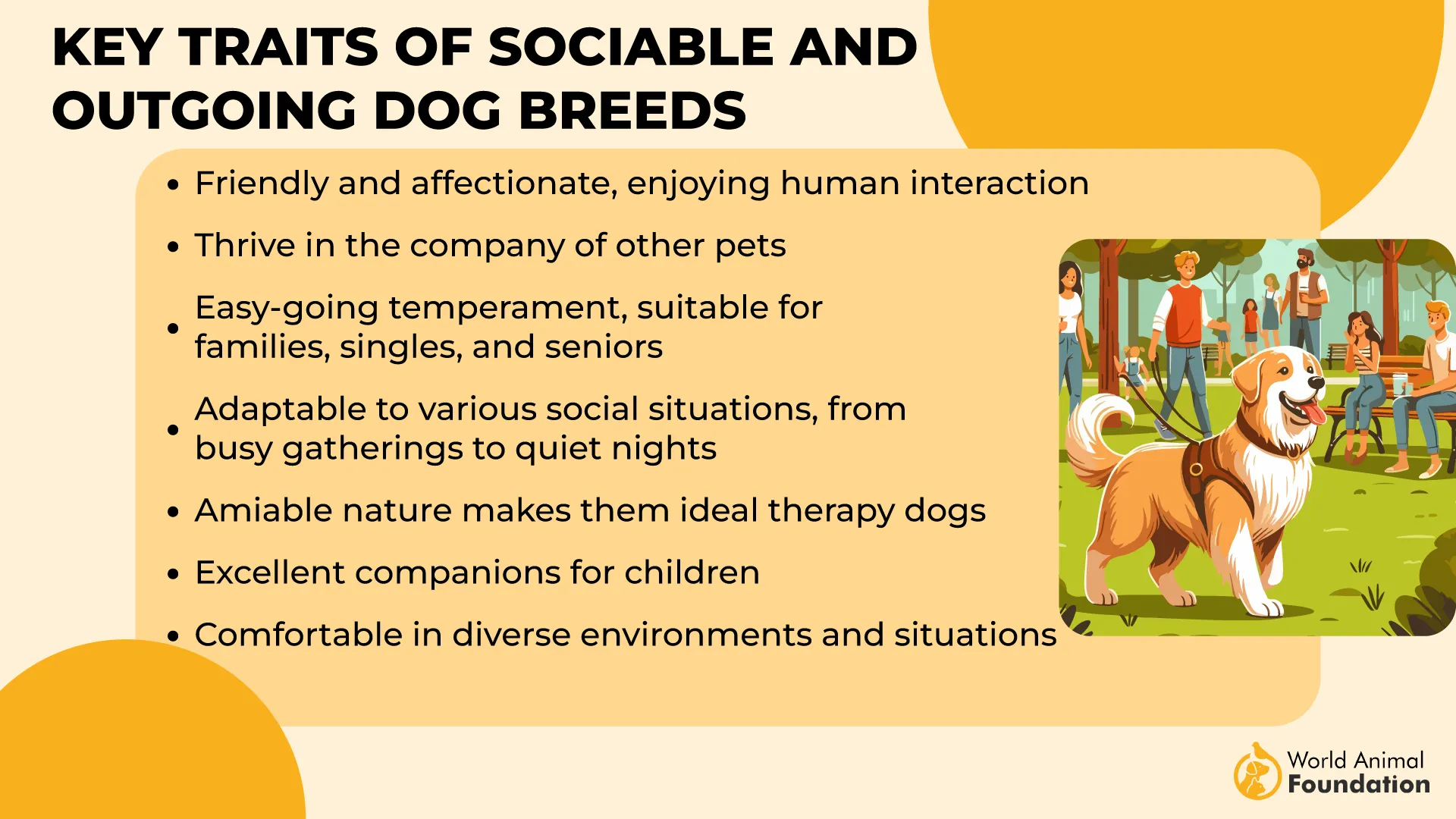
Labs adapt well to new environments and situations, which further enhances their responsiveness during training. They genuinely enjoy human interaction and thrive on attention, often forming strong emotional bonds with their caregivers.
Fun Fact: Labrador Retrievers love playing fetch so much that they’re known to wear themselves out just chasing a ball across the yard.
5. German Shepherd

These are renowned for their quick intellect and dedication. Originally bred to herd and protect, their sharp instincts and problem-solving nature make them a top choice for complex roles in military, police, and service work.
Whether it’s learning to track scents, respond to advanced commands, or perform impressive tricks, German Shepherds eagerly rise to the challenge. Their strong work ethic and loyalty push them to engage deeply with tasks, often requiring very little repetition to achieve mastery.
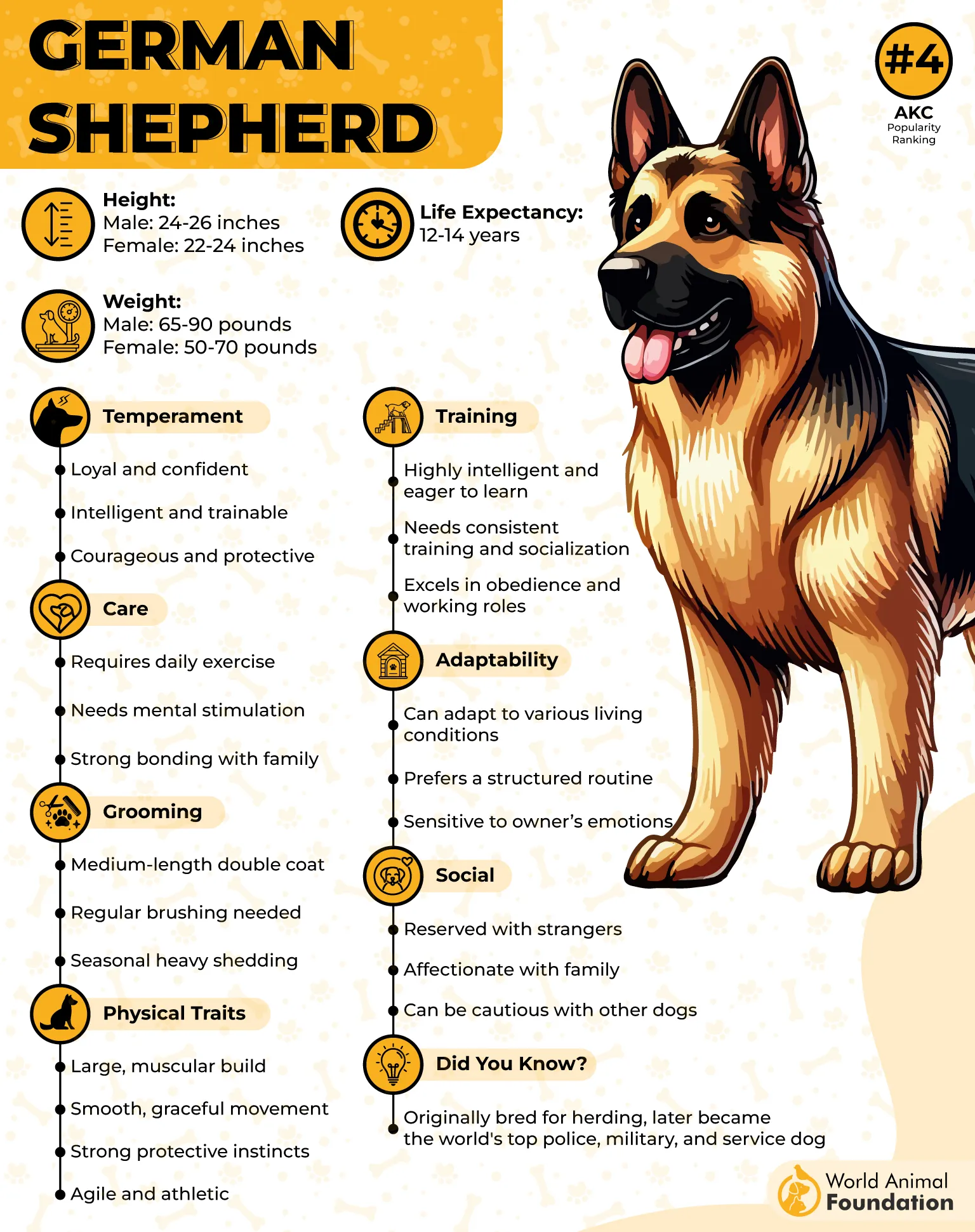
Temperament
German Shepherds are confident, focused, and deeply loyal to their families. While naturally reserved, they are not aggressive, though their protective instincts can make them cautious around unfamiliar people.
These intelligent dogs thrive in environments where they can bond closely with their owners and stay mentally stimulated. Without adequate companionship or challenges, they may struggle with separation anxiety or boredom.
Fun fact: German Shepherds are so adaptable and skilled that they continue to be one of the most sought-after breeds for high-pressure roles like search and rescue missions.
6. Shetland Sheepdog
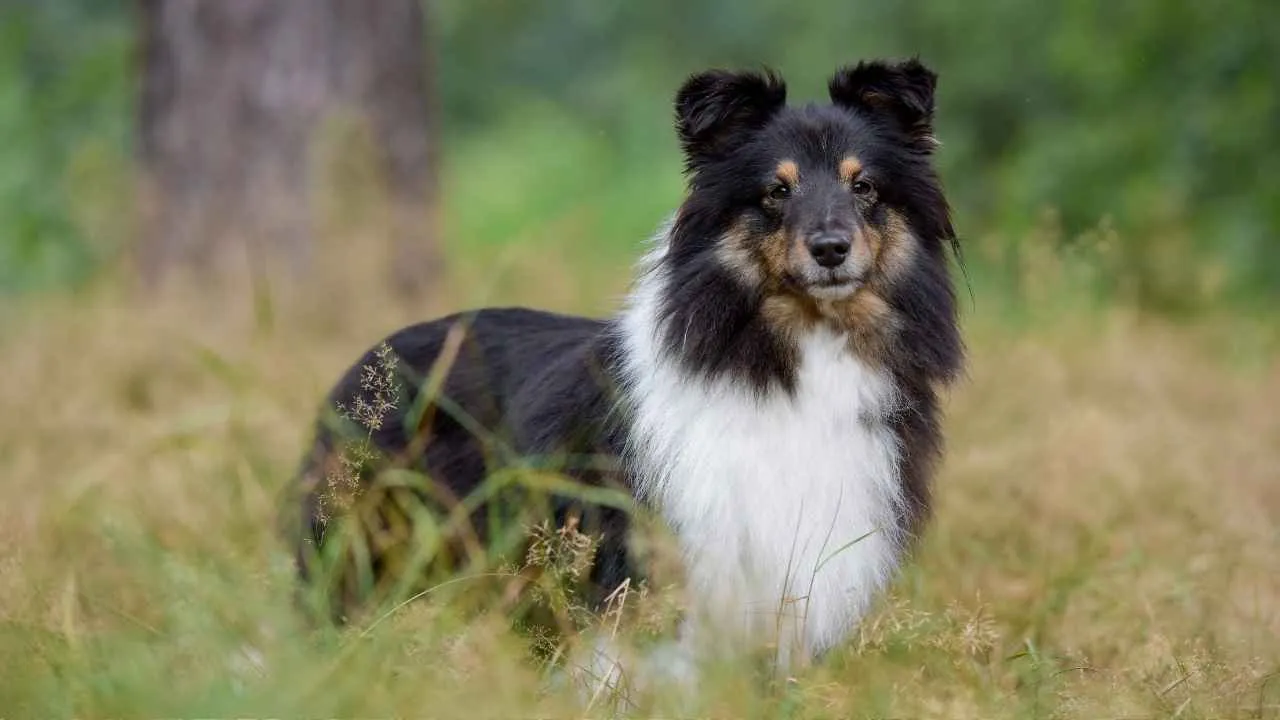
The Shetland Sheepdog, affectionately called the Sheltie, consistently earns praise for its sharp intellect. Originally bred to herd livestock in the rugged Shetland Islands, this breed possesses a natural aptitude for structure and commands. Whether it’s obedience training or complex tasks, Shelties excel when given both mental and physical challenges.
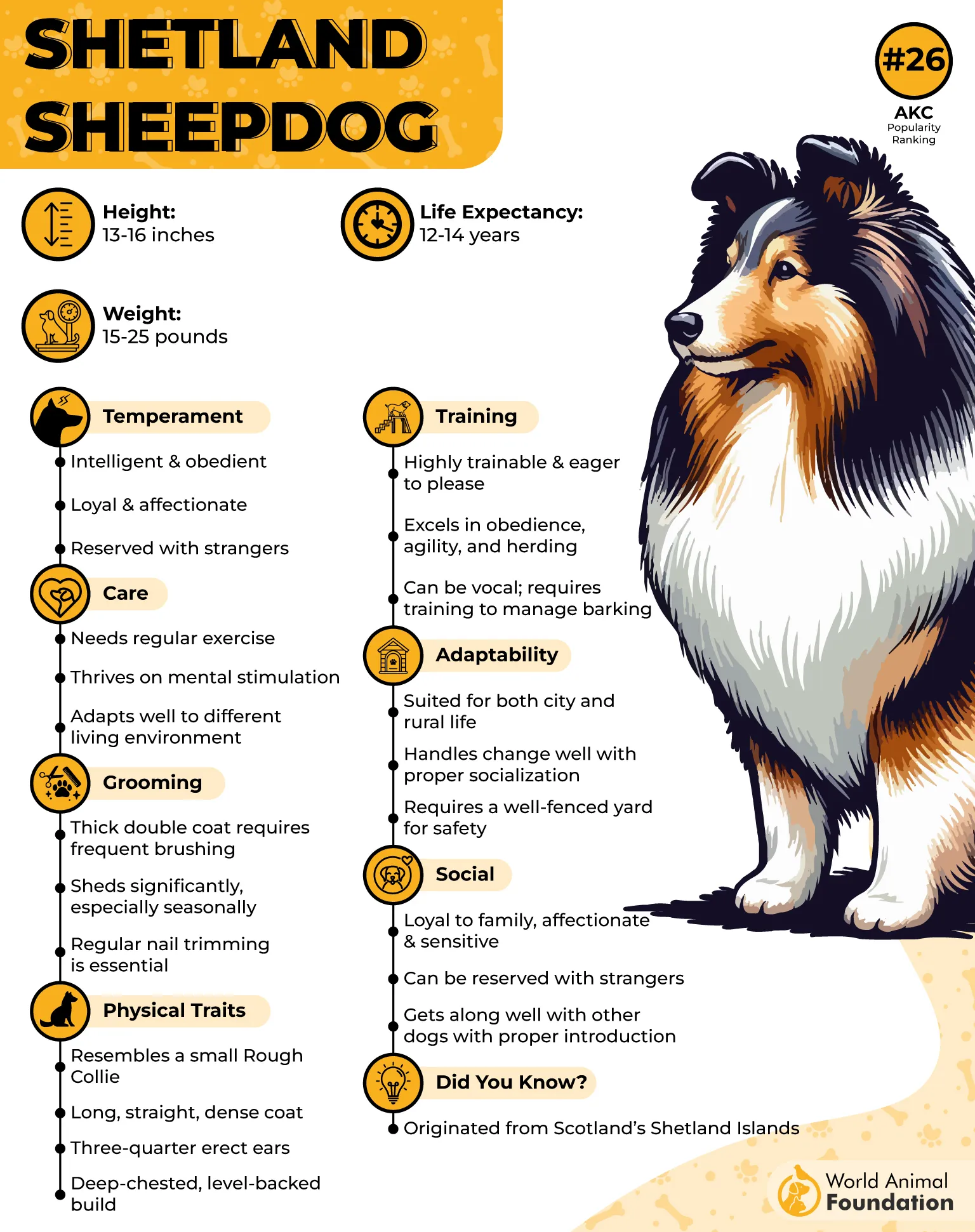
Temperament
Shelties have a lively and athletic nature, requiring regular mental and physical stimulation to prevent boredom. Without enough activity, they can resort to excessive barking or chewing. Known for being one of the most biddable breeds, they are responsive and eager to please, often forming strong bonds with their family members.
While they can be reserved around strangers, they are incredibly affectionate and loyal at home. Their emotional intelligence makes them sensitive to their environment, so they thrive best in nurturing and engaging households.
Fun Fact: Earlier Shelties were much smaller than today’s standard; they originally stood just 8 to 10 inches tall at the shoulder.
7. Doberman Pinscher
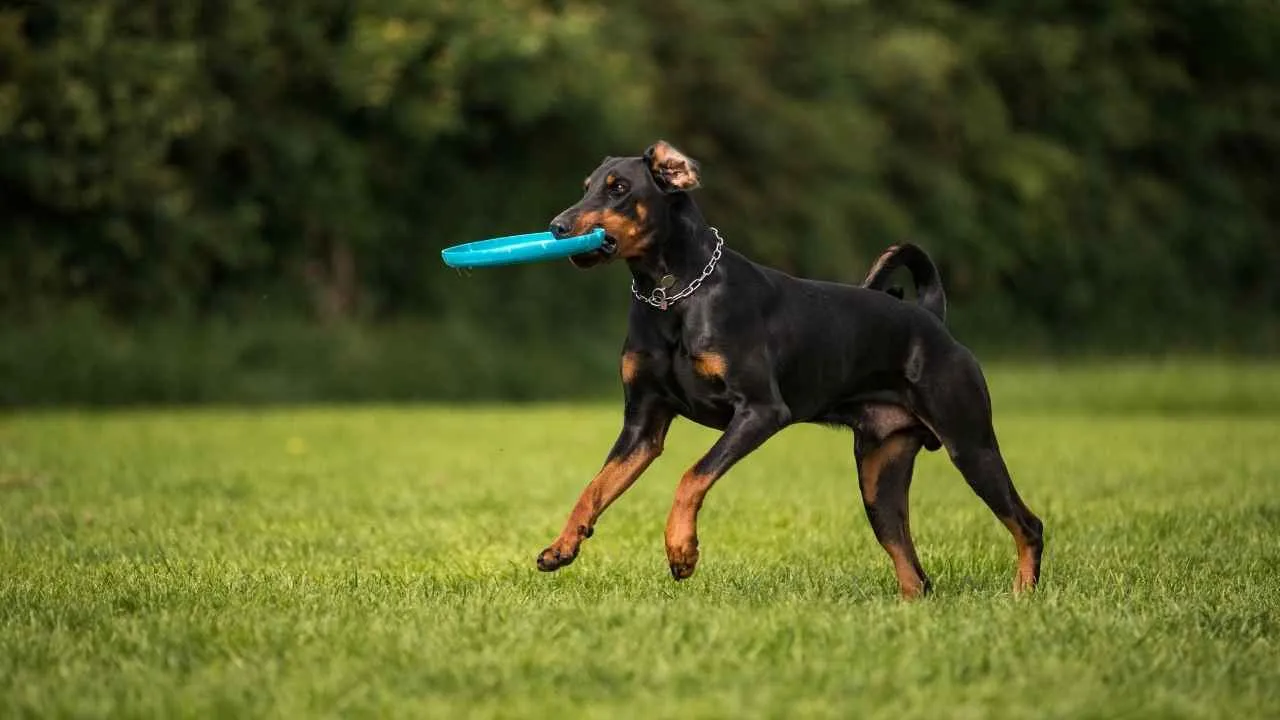
Bred for their sharp minds and physical prowess, these dogs shine in structured training environments. With their natural curiosity and keen perception, Dobermans quickly grasp commands. Their boundless energy and deep desire to please make them ideal candidates for agility courses and even service. Mental stimulation is just as crucial as physical activity for this breed, so keeping them engaged through training is essential for their well-being.
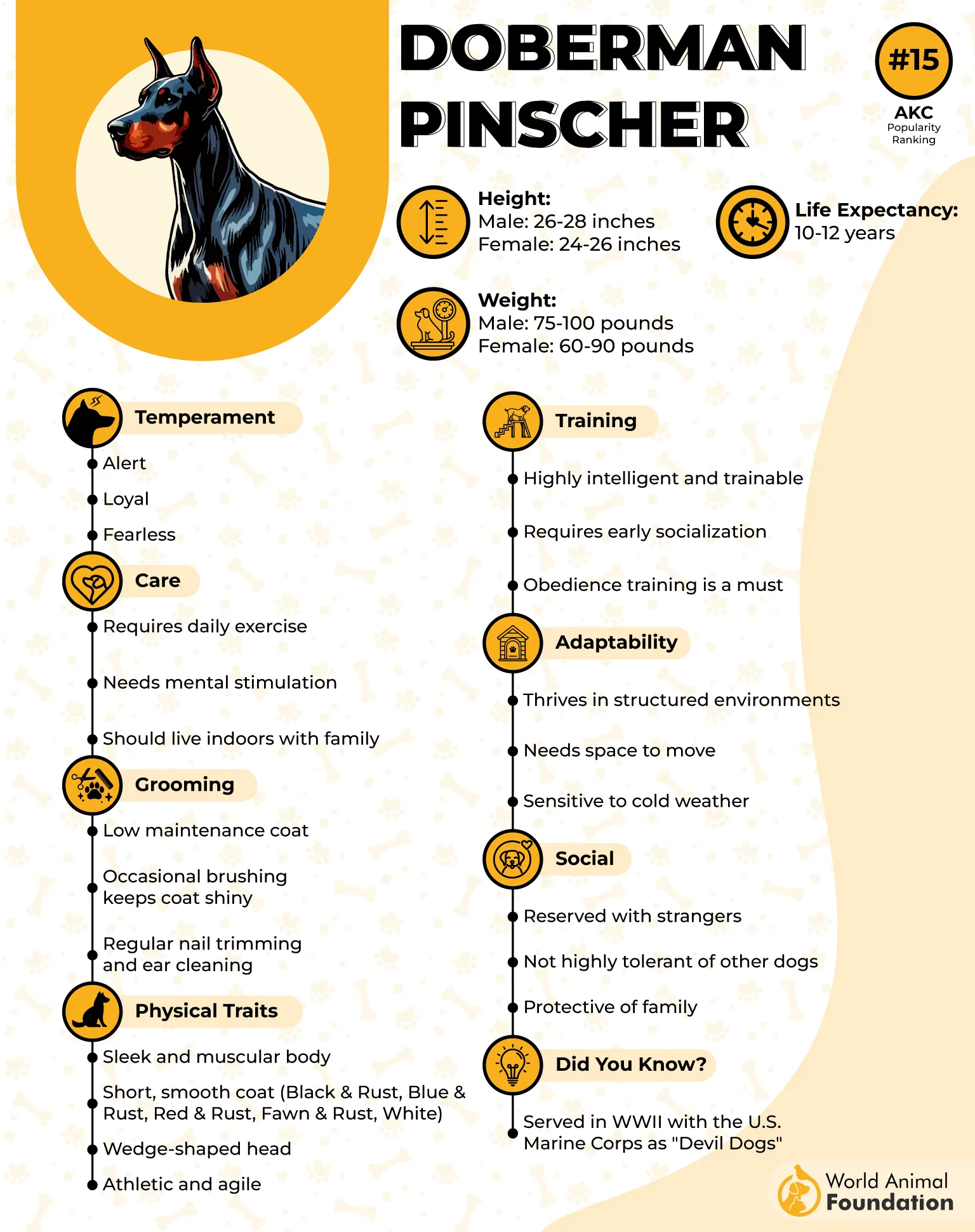
Temperament
The Doberman’s temperament is a dynamic mix of loyalty, alertness, and enthusiasm. These loyal dogs are incredibly devoted to their families and do best in active households where they’re mentally and physically challenged.
Their high energy levels demand regular exercise and room to explore, making them a great match for owners who enjoy outdoor adventures or hands-on training. Though their confident nature can be imposing, their deep-rooted loyalty makes them affectionate and dependable companions.
Fun Fact: These energetic dogs trace their origins to the late 1800s, developed by German tax collector Louis Dobermann through a mix of breeds including Old German Shepherds and Greyhounds.
Conclusion
Learning new skills isn’t just about intelligence; it’s about curiosity, cooperation, and the unique traits bred into each dog over generations. From loyal protectors like the Doberman Pinscher to energetic herders, certain breeds thrive when given structure, stimulation, and a chance to work alongside their humans. Whether it’s mastering commands or excelling in dog sports, the most trainable dogs respond best to environments that reward focus, engagement, and mutual trust.
Even breeds not covered in depth here, like the determined Australian Cattle Dog or the spirited English Springer Spaniel, show immense promise when learning new tasks. These dogs often have strong instincts for herding sheep or solving complex problems. Likewise, the clever Miniature Schnauzer, known for its lively personality and quick wit, makes a fantastic student in both obedience and agility training. Choosing a breed that loves learning opens the door to deeper bonds, countless adventures, and a lifetime of shared accomplishments.


